As someone who navigates the world of Tesla, you may have experienced moments where your vehicle’s navigation system didn’t display traffic data.
Routing with no traffic data on Tesla can be a source of inconvenience and confusion, particularly when you’re relying on real-time routing and GPS tracking for your journeys.
Why does this happen? The reasons can range from issues with updates to unavailable traffic data or even a lack of cell coverage in certain areas. But don’t fret – this article has got you covered.
I’ll delve into the challenges that come with offline route planning and road mapping on Teslas, discuss potential solutions like HERE SDK for Android, and explore how crowd-sourced traffic data might just revolutionize real-time routing.
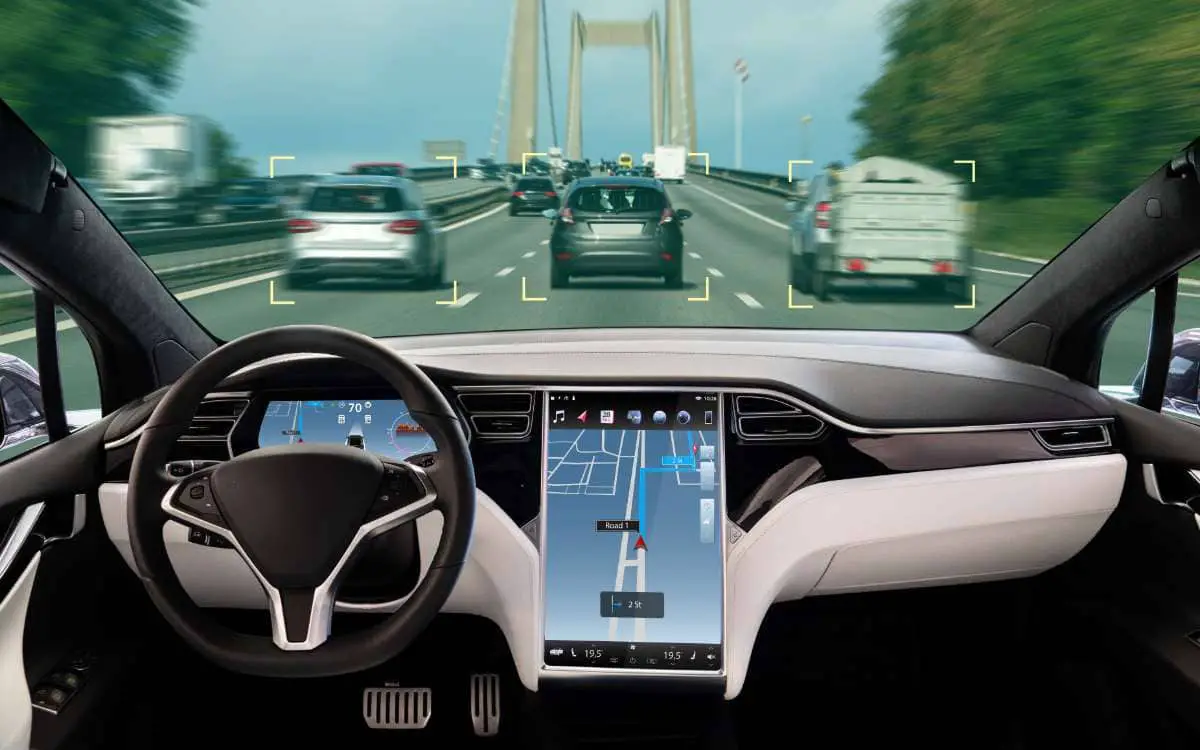
Key Takeaways
| 1 | Tesla’s navigation system uses real-time traffic data from sources like Google, Mapbox and its own vehicle fleet. However, issues may arise if there’s no cell coverage or if traffic data is new or unavailable. |
| 2 | In spite of occasional user-reported inaccuracies in routing or traffic data, Tesla consistently works to enhance the system through firmware updates. They’ve added features like Waze-like crowdsourced traffic data functionality. |
| 3 | Tesla’s navigation system still performs basic functions even without Premium Connectivity. Furthermore, third-party solutions can provide electric vehicle-specific instructions tailored to different EV models, including Tesla. |
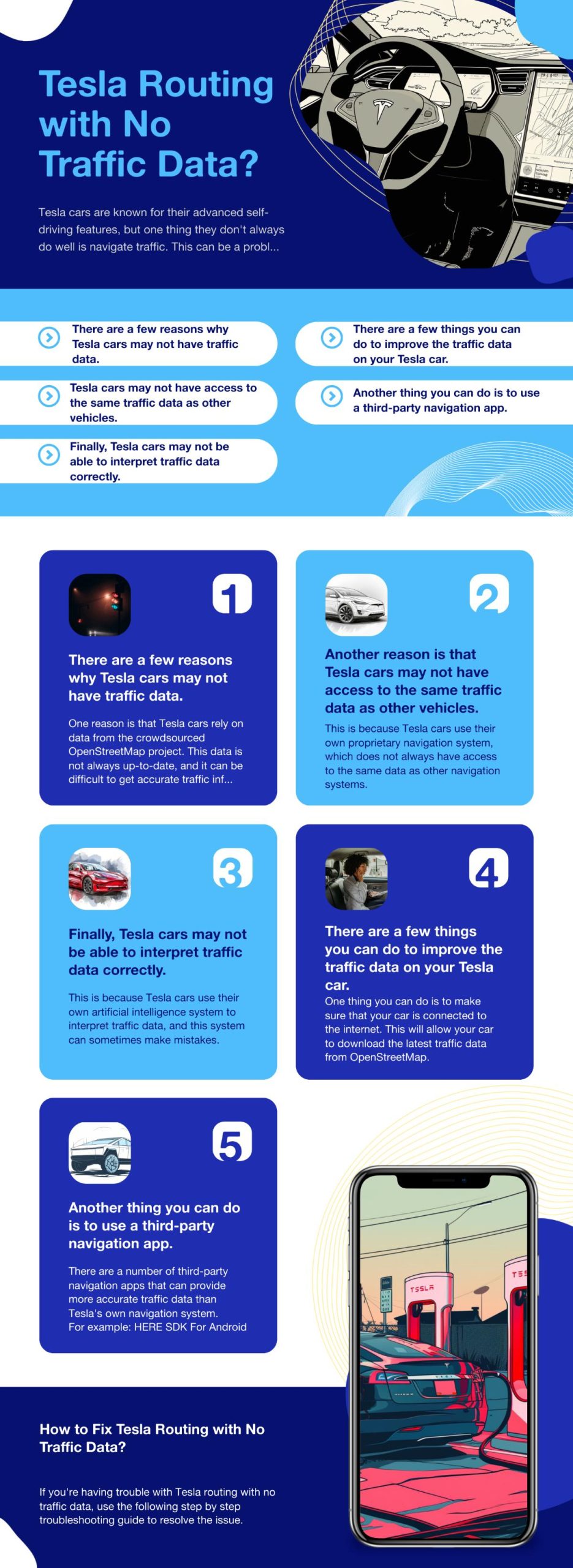
Six Step Troubleshooting Guide To Resolve Tesla Routing With No Traffic Data
When facing issues with Tesla’s navigation displaying “Routing with No Traffic Data,” it’s crucial to systematically assess and address the problem. This section highlights specific steps for identifying and resolving issues related to the navigation system, connectivity, and software updates.
1. Identifying the Issue
Begin by confirming the exact nature of the problem. Check if the navigation map is still functioning without real-time traffic data or if it’s failing to route entirely. A simple reboot may resolve an intermittent glitch. If not, further investigation into the system settings and functionality may be required.
Examine your Tesla’s navigation settings to ensure that online routing is enabled. Navigate to this option and confirm it’s not turned off inadvertently. If the settings appear correct and the problem persists, consider the possibility of a system glitch that might be resolved through a firmware update or a reboot.
3. Software and Updates
Regularly check for firmware updates, as they can fix known bugs and enhance your navigation system with the latest map data and features. If an update is available, install it promptly. Post-installation, perform a reboot to ensure the new software runs smoothly.
4. Connectivity and Traffic Data
Verify your LTE signal or WiFi connection as they are pivotal for accessing real-time traffic data. Weak cell coverage may lead to a lack of traffic information. Switch between LTE and WiFi, if possible, to test connectivity strength and rerun the navigation.
5. Service and Support
If these steps fail to resolve the issue, schedule a service appointment with Tesla support. They can diagnose hardware-related problems and provide professional assistance. Additionally, customer service may offer guidance via phone or chat to troubleshoot the navigation problem remotely.
6. User Experience Challenges
After trying these troubleshooting steps, provide feedback to Tesla regarding the challenges faced. Your input can help improve the user experience and may contribute to faster resolutions for similar issues in the future. Remember to document any recurrent limitations or bugs as this information can be invaluable during your service appointment.
Tesla’s navigation system is a technological marvel designed to aid drivers in finding the most convenient paths. It achieves this by taking into account traffic conditions while calculating routes.
The data utilized for route planning comes from reliable sources such as Google, Mapbox, and Tesla’s own fleet of vehicles.
The system also offers dynamic routing and adjusts estimated driving and arrival times based on real-time traffic data. This ensures that the driver is always equipped with the most optimal route for their journey.
Despite its advanced capabilities, there are scenarios where the system might not provide traffic information due to varying factors.
Factors such as unavailable traffic data or updates can hinder the system’s performance. This is particularly true if the traffic conditions are new or have recently changed.
Additionally, while Tesla’s navigation system uses a combination of live information and cached data for GPS tracking, there can be issues when cell coverage is lacking.
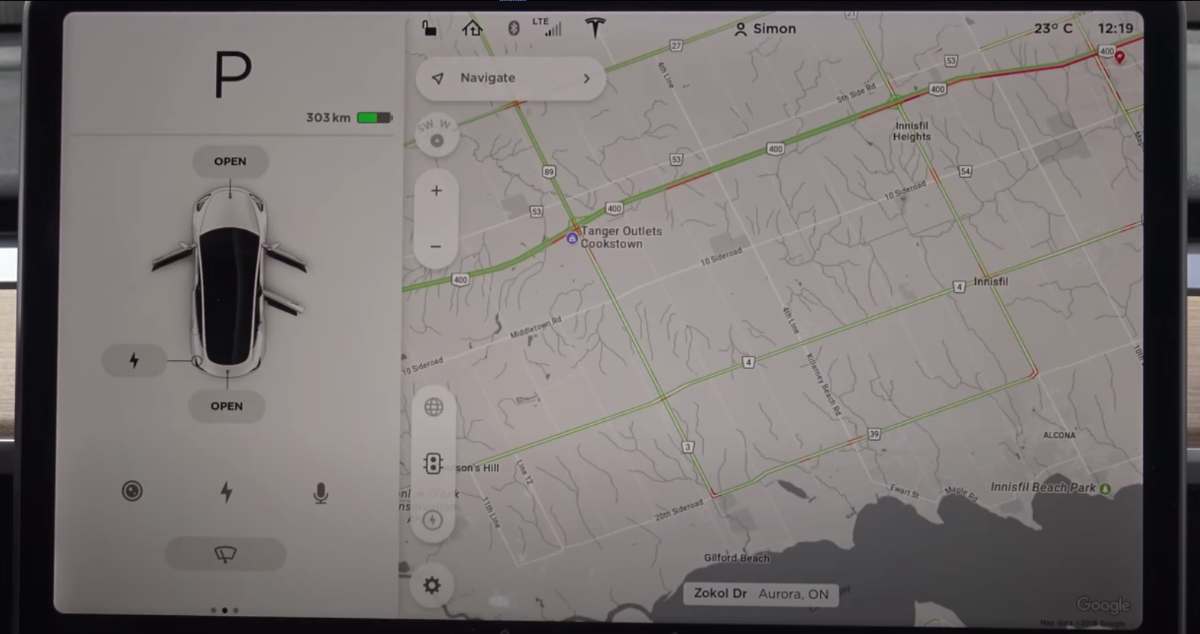
It may be surprising to find no traffic data on your Tesla’s navigation system despite its advanced features. This typically happens due to issues such as unavailable traffic data or if updates are needed for newly formed traffic conditions.
In instances where cell coverage is absent, GPS routing can also face problems. Your Tesla navigation system combines live information with cached data for GPS tracking, but if you are in an area without service and try to create a new route to an uncached location, you may experience difficulties.
Although these challenges may occur occasionally, it’s crucial to remember that they do not undermine the overall effectiveness of Tesla’s navigation system. Instead, they highlight areas that require improvement in order to enhance user experience further.
The Challenges of Offline Routing and GPS Tracking in Teslas
Offline routing and GPS tracking in Teslas can present their own set of challenges. For example, if you are in a location with no cell service and attempt to create a new route to an uncached location, your Tesla may struggle to provide accurate directions.
Offline routing options are available on platforms like HERE SDK for Android (Navigate Edition), which uses cached map data when an internet connection is not available. However, this solution is not integrated into Tesla’s navigation system as of yet.
As Tesla continues to innovate and enhance its technology, we can expect improvements in offline routing and GPS tracking capabilities. Meanwhile, understanding these challenges can prepare drivers for potential difficulties and help them navigate more effectively.
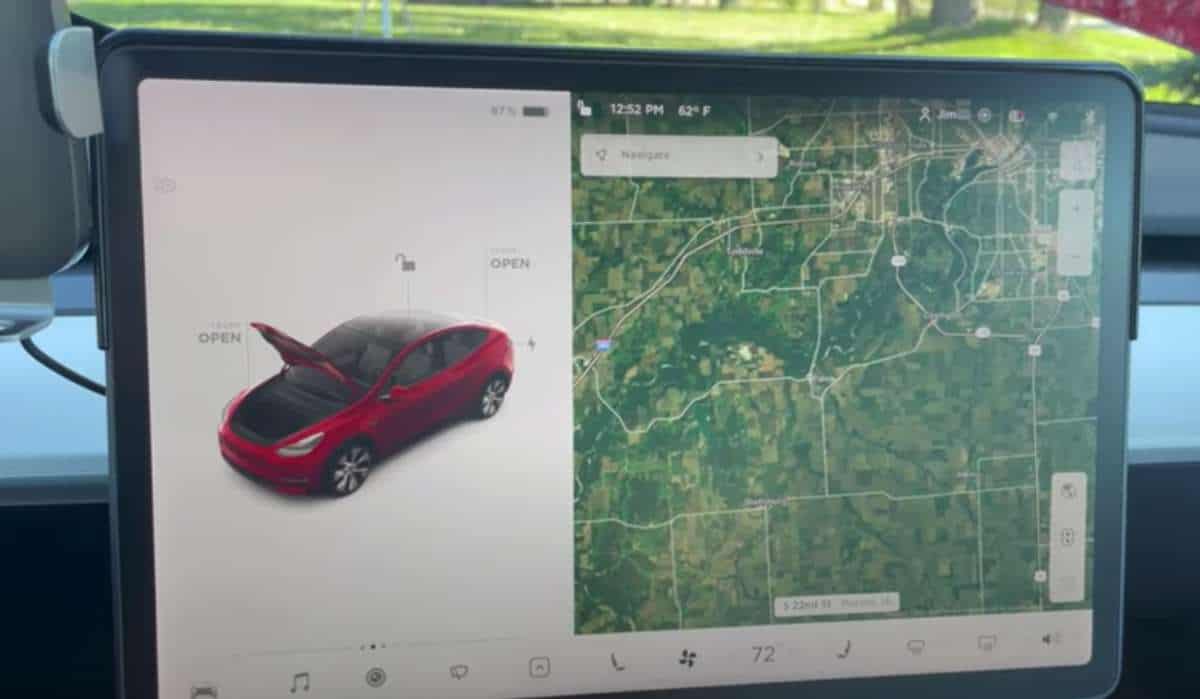
HERE SDK for Android: A Solution for Offline Route Planning
For those struggling with offline routing in their Tesla, solutions do exist outside the vehicle’s integrated system. One such solution is the HERE SDK for Android (Navigate Edition).
This tool calculates routes based on cached map data when there’s no internet connection available.
This means that even without cell service or connectivity, drivers can plan routes using this tool. It’s worth noting that this solution is not directly integrated into Tesla’s navigation system – it operates independently. However, it does provide a viable alternative when facing connectivity issues.
While this solution offers some relief from the limitations of Tesla’s navigation system, it also highlights the necessity for Tesla to continue improving its offline routing capabilities to offer an all-inclusive experience within their vehicles.
Limitations and Improvements in Tesla’s Road Mapping Capabilities
Despite being a leader in electric vehicle technology, there have been reported limitations in Tesla’s road mapping capabilities.
Users have reported the system taking unwise routes or providing inaccurate traffic data at times. Additionally, Tesla has moved towards limiting standard connectivity, affecting features including maps, navigation, and voice commands.
However, these limitations haven’t stopped Tesla from continuously improving its navigation systems. Through firmware updates, Tesla has introduced features such as crowdsourced traffic data functionality that accumulates traffic information using real-time conditions.
This innovative approach allows the car not only to provide directions but also reroute around identified traffic situations and congestion. This commitment to continuous improvement underscores Tesla’s dedication to providing a superior driving experience.
Did you know third party apps with real-time traffic updates and navigation are available for your Tesla EV? Read our article about the Waze traffic and navigation app.
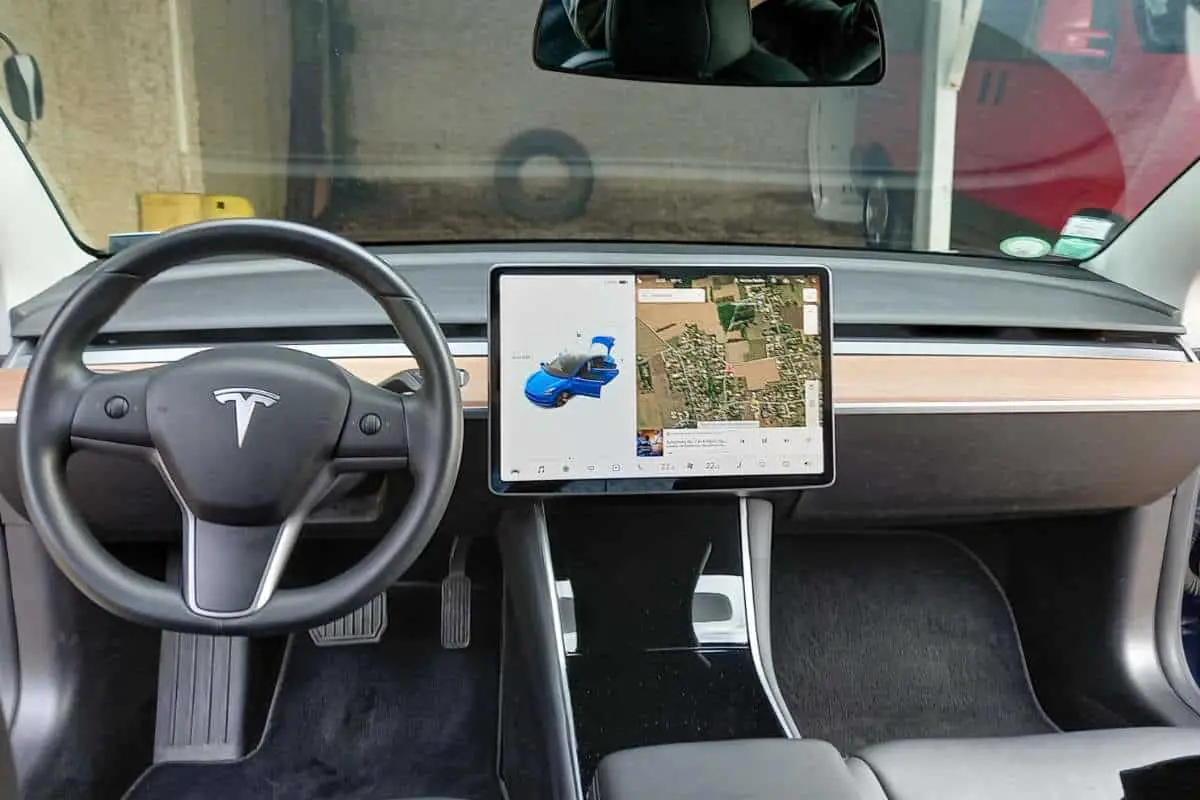
Crowdsourced Traffic Data: The Future of Real-Time Routing?
Tesla’s introduction of crowdsourced traffic data functionality could be a game-changer for real-time routing. This feature gathers traffic information using real-time conditions and can reroute your journey around identified congestion areas.
This solution not only provides efficient routing but also enhances the overall navigation experience by allowing drivers to avoid congested areas based on real-time data. It shows Tesla’s innovative approach in leveraging the power of crowd-sourcing to optimize their vehicles’ routing capabilities.
As this feature matures and more drivers contribute data, we can expect even more accurate real-time routing predictions from Tesla’s navigation system in the future.
Special Features for Electric Vehicles: Battery Prediction and EV Trip Planning
Electric vehicle-specific considerations such as battery prediction along the route or EV trip planning are increasingly important.
Some companies offer solutions like Directions API which allows you to plan your journey considering factors like charging stations along the route.
Additionally, Maps on iPhone lets you set up electric vehicle routing instructions tailored to different EV models including your Tesla.
These features are designed specifically with electric vehicles in mind, ensuring that drivers are well-prepared for their journeys.
As more electric vehicles hit the roads, expect to see more EV-specific features integrated into navigation systems, enhancing the driving experience for EV owners.
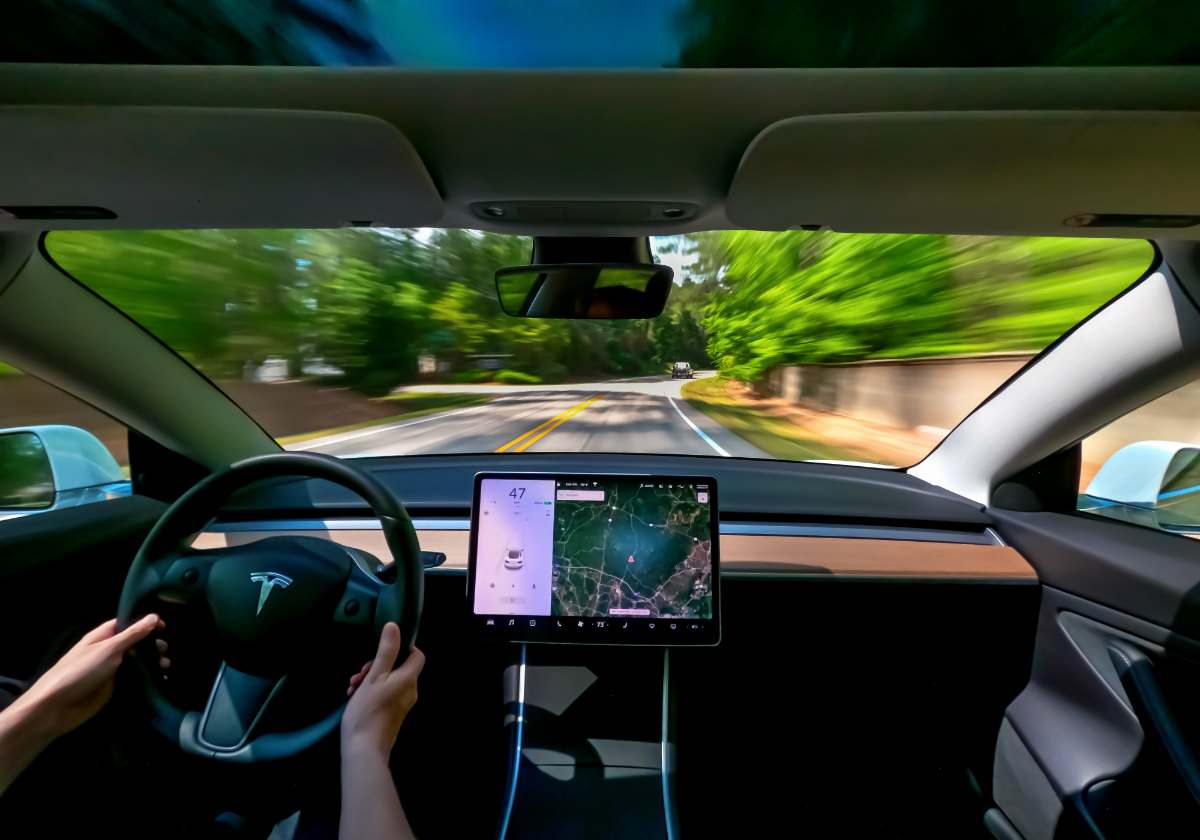
Premium Connectivity on Tesla provides additional features such as displaying colored overlays on the map showing current levels of congestion along your planned route. Even without this added service, however, your Tesla still performs basic functions efficiently.
The vehicle provides routing considering existing road conditions encountered during the journey based on gathered built-in data. This ensures that even without premium connectivity, drivers can still rely on their Tesla for efficient and reliable routing.
While Premium Connectivity offers a richer experience with additional features, it’s reassuring to know that Teslas are designed to function effectively even under standard connectivity conditions.
If you found my insights on routing with no traffic data on Tesla informative, you may find a couple of other related resources helpful while navigating your Tesla vehicle.
Firstly, having a clear understanding of your Tesla’s software and potential issues is crucial for smooth driving. This is why I recommend checking out my article on what to do if your Tesla software gets stuck while downloading. You’ll learn how to identify the issue and what steps to take to resolve it successfully.
Secondly, when your journey comes to an end, you’ll need to park your vehicle safely. If you’re an RV enthusiast wondering about possibilities of flat towing a Tesla behind your RV – I hate to disappoint you but it’s not feasible due to specific design aspects of electric vehicles. My post titled can you flat tow a Tesla behind an RV? is worth reading as it covers all the details and reasons why this method isn’t advised for EVs.
Further down the line, if you’re considering trading in or selling your used Tesla, don’t miss reading my guide on the best ways to sell a used Tesla. It highlights the pros and cons between selling directly through a dealer or going private – helping you make an informed decision.
Lastly, are there times when problems occur with your microphone? My article on various fixes for when your Tesla microphone isn’t working will be particularly useful. It offers comprehensive top tips that have proven successful in fixing this issue.
By familiarizing yourself with these informative guides, you’ll be more adept at understanding and troubleshooting potential issues with your Tesla.
- Tesla Charger Installation Cost (Home Setups) - March 1, 2024
- Tesla Phone Key Disconnected (Troubleshooting Guide and Quick Fixes) - March 1, 2024
- Tesla FSD 12 (Explained) - March 1, 2024